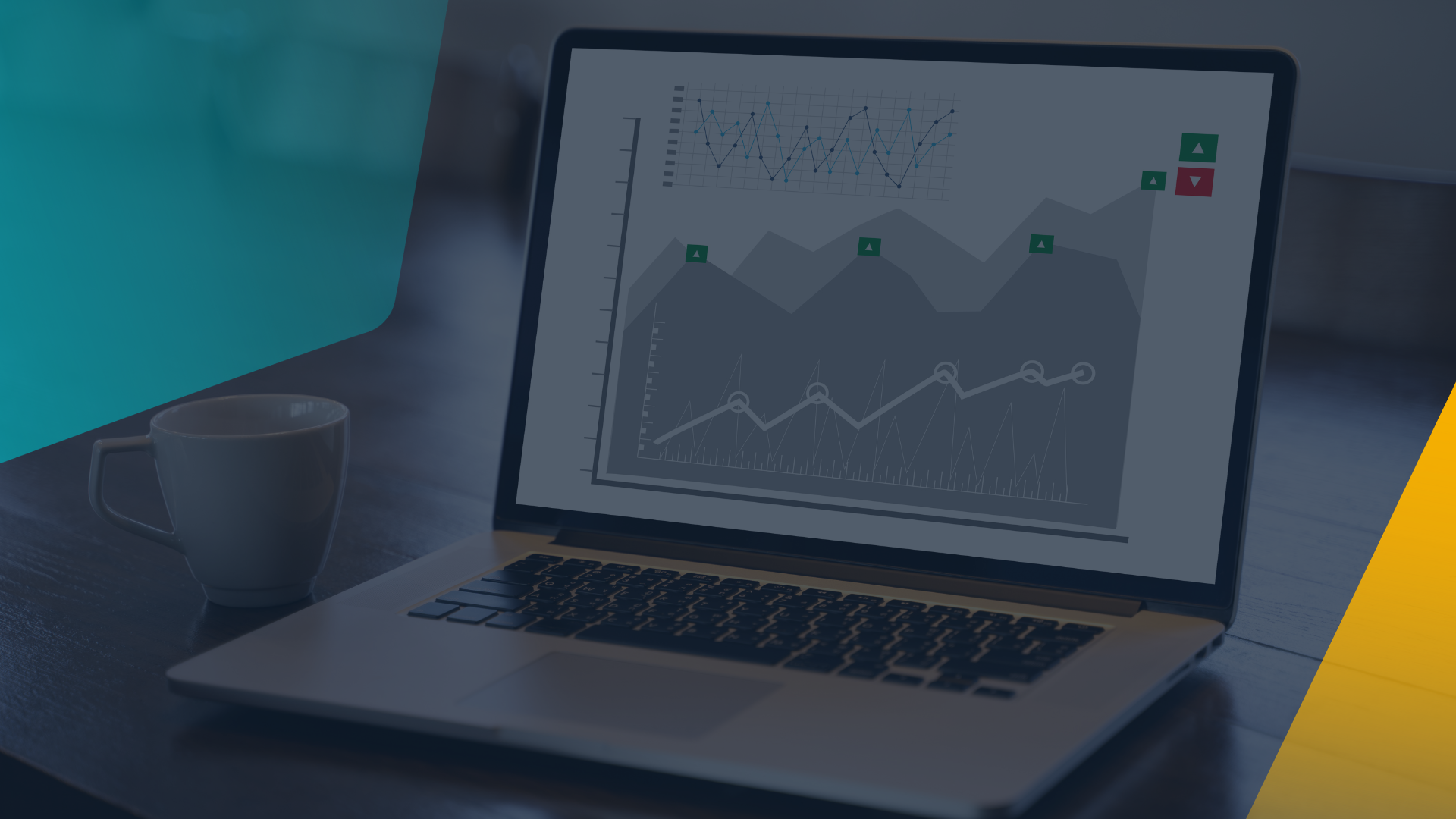One of the most important activities for CEOs and CFOs of SaaS companies is proving value and improving performance. We all want our businesses to succeed, and especially when there are stakeholders involved such as investors and a board of directors, it's more imperative than ever to be able to use accurate, real-time data to assure security.
With access to the countless number of metrics we have today, this should be relatively easy - but not unless you have control over your master data, and are using it in the right way. More importantly when done right, you can use your subscription metrics for forecasting reports; not only showing stakeholders how you're performing right now, but how you're likely to perform in the future.
Why is forecasting important?
Why should you want to know how your business is going to do in six months or a year from now? The question may sound silly, but there are answers that may not be as obvious.
For one, forecasting can be an integral part of securing and making budgets. If you can get a clear picture of incoming revenues over a period of time, you can better allocate resources and understand if you can afford to invest in things such as more marketing activities or hiring employees.
Forecasting is also important for valuation and securing future investments. If your company is looking for funds to accelerate growth, being able to show the trajectory of your business will be an enticing tool to attract those who may want to back your company.
And maybe most importantly of all, forecasting can show you if your business is headed for trouble. With predictive analytics, you can perhaps see failing performance in the future, and take action now to redirect a downward trend in revenue. If you can identify that at your current churn rate, you will be in the red by next year, you can calculate how many new customers you need to acquire rapidly to prevent disaster from happening down the road.
Want to know the right KPIs to be measuring to help with forecasting? Get our SaaS KPI calculations infographic now.
How to use your existing data for forecasting
To be able to use your data for forecasting, you first need to have good control over your master data. Ideally, your data should be aggregated into one location, and should be easily accessible. If you are still doing manual reporting and using spreadsheets to do cross analysis, you may find it difficult to accurately and efficiently conduct forecasting.
Using data points such as Average Revenue Per User (ARPU) can help you to calculate Customer Lifetime Value (LTV). With LTV you can then make predictions about future revenues depending on how many customers you currently have.
You should also be calculating Customer Acquisition Costs (CAC), or how much money you spend to secure new customers on average. By calculating CAC, you can then also make predictions on how many new customers you may be able to bring in by reinvesting in marketing and sales activities. If you CAC is too high, you may want to look into how your money is being spent, and where you may be able to more efficiently allocate your budget to ensure that your profit margin is improving.
Another potentially important data point you can calculate is your customer churn rate. Understanding the percentage of customers who cancel or fail to renew subscriptions in a given period can help you to make predictions about future revenues. If your churn rate is high, you can act now to make improvements that may lead to customers continuing their subscriptions, or realize to be more sustainable your business needs to acquire more customers quickly.
For one example of how forecasting can benefit your business, if you are finding many customers are not renewing on their own, perhaps you should invest in high-touch customer service to help them through this process, or follow up with them to see if they felt features were missing from your products, or they didn't feel they were getting a good value for their money.
In the end, if you ignore these kinds of data points such as lifetime customer value, customer acquisition cost, and churn rate, you risk potentially killing your business, when you could have had control all along. But by tracking the right data points and analyzing in real time, you can forecast future revenues and take the right decisions now to improve the growth of your business later on.





